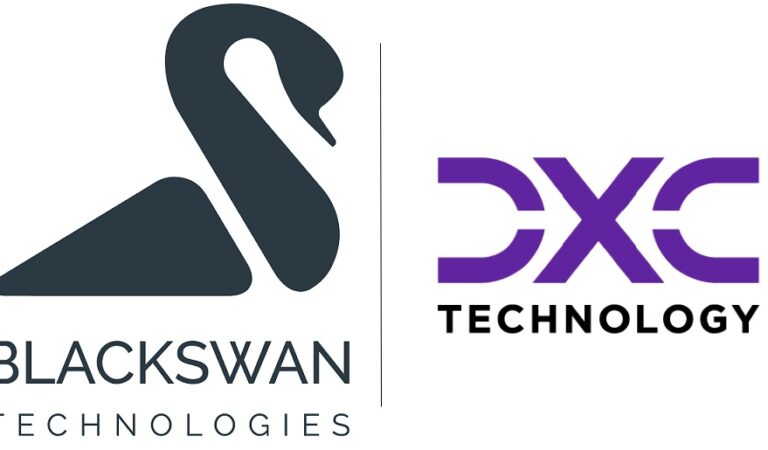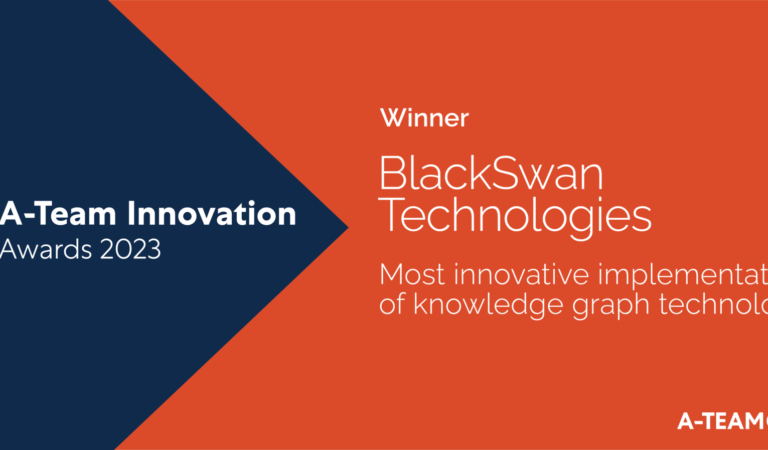
Feb. 25, 2022
Composite AI: 5 of the Top Banking Use Cases
By Nadee Wije @BlackSwan Technologies
Composite AI combines and accentuates the benefits of artificial intelligence techniques, and banks are increasingly capitalising on the technology
Artificial intelligence is already having an impact in the financial services industry, but banks could benefit further from the technology if they combined multiple, complementary AI techniques in the form of Composite AI.
Composite AI blends techniques such as natural language processing, machine learning, and deep learning; along with other advanced technologies such as knowledge graphs, to more deeply contextualise and interpret data. This allows banks to more efficiently solve a wider range of problems and further improve operational efficiency and staff productivity.
Some banks are already benefiting from this powerful combination of artificial intelligence. Let’s explore five of the top use cases of Composite AI in the banking industry.
1. Detecting fraud
Legacy systems tend to be ineffective at analysing large volumes of data to identify fraudulent behaviours, and they often fail to depict a holistic view of fraud risks and exposures during investigations due to data silos.
Composite AI is helping banks enhance existing rule-based systems that are largely retrospective through methods such as behavioural analysis, network analysis, and login analysis, which enable them to identify new fraudulent schemes more effectively.
Behavioural analysis is enabling banks to identify patterns and predict fraudulent activity for each customer by using data mining and natural language processing to examine customer profile data, such as KYC information and transaction history.
Banks are also using network analysis to identify relationships between all entities involved in fraudulent transactions by using knowledge graphs and visual link analysis to track the flow of funds and assess transaction history and other relevant information.
With login analysis, banks are detecting suspicious sign-ins by IP network providers outside the country of the customer by examining login history for unusual times and durations.
2. Streamlining AML investigations
Banks have traditionally relied on labour-intensive processes to gather and analyse all relevant information from internal and external sources, often resulting in low staff productivity. Time consuming yet common scenarios such as duplicate cases have also led to an increase in the cost of investigating false positives.
However, by combining traditional methods with Composite AI, banks are automating some of the labour intensive tasks performed during AML investigations and thus increasing the efficiency of investigations.
Banks are using knowledge graph technology to consolidate customer data fragments residing in multiple silos spread across different business units, then applying visual link analysis to discover complex relationships between customers and counterparties.
Using knowledge graphs and visual link analysis, banks are also examining millions of transactions and uncovering hidden patterns that reveal shell companies and indicate possible money laundering activities.
In addition, banks are using knowledge graphs and machine learning algorithms to calculate customer risk scores and to identify related cases based on the circumstances of the customer entity, the counterparties involved, and various other data points of the current case. This is reducing the time spent on investigations while increasing the likelihood of identifying true positives.
3. Constructing a Customer 360 view
Banks are often burdened with data about entities, such as customers and organisations, being unsynchronised across different business units within the organisation. However, a Customer 360 view allows banks to obtain a clear picture of entity information, which enables them to improve customer service, discover sales opportunities, and mitigate regulatory risks. The 360-degree view can also be used as an enabler for investigations.
Banks are using Composite AI to build this thorough visual representation of entities while complying with global privacy regulations.
Using knowledge graph technology, banks are uncovering hidden connections between entities and visualising these complex relationships, creating a holistic view of entities that remains up-to-date and accurate.
Entity information is consolidated from a multitude of data points within and outside the organisation, in both structured and unstructured formats. To distinguish between entities with similar attributes such as names, entity resolution based on machine learning algorithms is applied to accurately identify and match specific entities while assessing all data about the entity already available in the knowledge graph.
More advanced knowledge graphs enable banks to go beyond entity resolution. In addition to indexing data directly and indirectly related to entities, these graphs provide supplementary context in the form of metadata.
4. Personalising customer experiences
Banks tend to operate in highly saturated markets with high costs of customer acquisition, high churn rates and fierce competition, which makes organic growth extremely prohibitive. However, this can be overcome by improving the customer journey through personalisation.
Banks are using Composite AI to generate eye-opening insights that help create personalised product and service offerings and experiences, which increase customer satisfaction and decrease churn while driving additional sales.
Using knowledge graph technology, banks are building comprehensive customer profiles then cross-referencing the data to generate insights for an individualised understanding of customer preferences in order to tailor products and services.
Banks are using knowledge graphs and visual link analysis to discover new sales opportunities by identifying new prospect segments and customer clusters and qualifying leads with high receptivity to new businesses.
Using machine learning algorithms, banks are also generating context driven insights that help improve the targeting of high-profit products and services and discounts and special offers, thus reducing cost of customer acquisition while increasing profitability.
5. Rapidly responding to regulatory changes
Banks are challenged with responding to an ever-evolving regulatory environment in a timely manner in order to minimise the risk of penalties. However, legacy systems often lack the flexibility to adapt to changes without a significant overhaul of operations, partly due to fragmentation compounded by the lack of integration between on-premise systems across multiple jurisdictions.
Using Composite AI, banks are improving adaptability to regulatory changes by automating the review of contractual documents from multiple business units spread across different jurisdictions, sometimes adding up to hundreds of thousands of files. This allows banks to uncover hidden patterns and identify all facilities affected by the changes.
Banks are using knowledge graph technology and natural language processing to integrate their core infrastructure, including document repositories and systems supporting key banking activities such as account opening and transactions processing, in order to build a unified knowledge base that seamlessly correlates information about clients, related facilities, and document attributes.
Banks are also using machine learning and natural language processing to automate the preparation of bespoke management dashboards and reports that assist stakeholders in choosing the right remediation process.
BlackSwan’s ELEMENT™ for Composite AI
BlackSwan has been recognised by Gartner as a market leader for Composite AI for its award-winning platform ELEMENT™, which blends multiple analytic techniques to enable expert-level decision-making at scale.
Contact BlackSwan for more information or to request a demo.
Nadee Wije is a writer at BlackSwan Technologies, with years of experience creating sales and marketing content for emerging B2B technology companies across the globe. Certified in copywriting, she specialises in conveying leading-edge technical concepts in terms of their impact.
Follow BlackSwan on Twitter and LinkedIn


